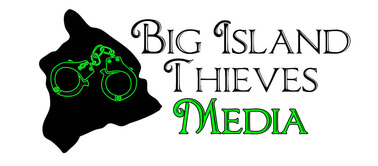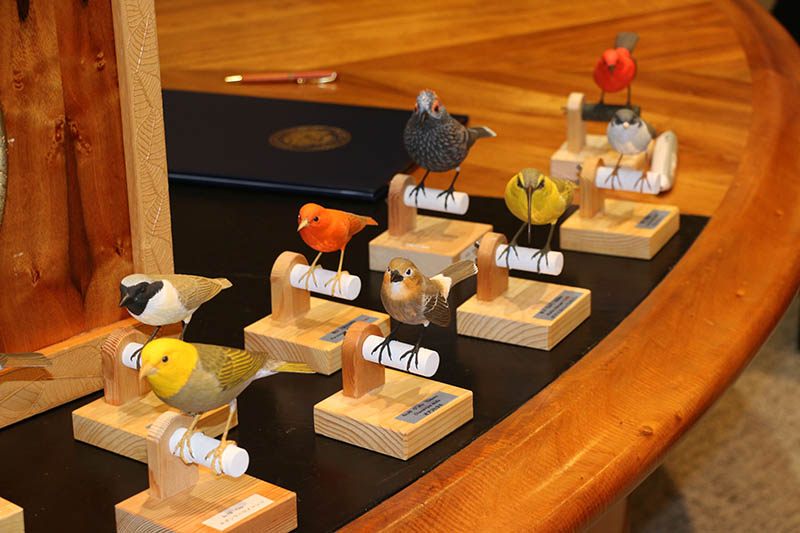In 2024, the state of Hawaii marked the “Makahiki o nā Manu Nahele: Year of the Forest Birds,” a year-long initiative officially proclaimed by Governor Josh Green, M.D. The goal was to raise awareness about the perilous plight of Hawaii’s forest bird species, with an estimated 47,000 people participating in educational events throughout the year. Despite the awareness efforts, the year was a bittersweet chapter for the birds, as it was filled with both concerning declines and moments of hope.
Among the most critically endangered species, Hawaii’s forest birds saw significant challenges. Kauaʻi’s ʻakikiki, once a thriving species, is now considered functionally extinct in the wild, with fewer than five individuals remaining. Likewise, populations of Kauaʻi’s ʻanianiau and ʻakekeʻe, as well as Maui’s kiwikiu, continued to drop, prompting further efforts to collect birds for captive breeding programs aimed at staving off extinction. On Hawaiʻi Island, the population of palila has dwindled to around 500 individuals, with invasive predators like rats, cats, and mongooses being the primary threat to their survival.
However, 2024 also brought rays of hope. A historic moment occurred when five ʻalalā (Hawaiian crows) were successfully released into the forests of Maui, marking their return to the wild after years of only existing in captive breeding centers. This return to their natural habitat was a testament to the persistence and efforts of conservation programs working to restore endangered species to their rightful homes.
Meanwhile, on Kauaʻi, a female ʻakikiki named Pakele was observed with a potential mate, Liko. This rare sighting brought new optimism for the species’ future, and on Maui, a kiwikiu known as MAPA1 continues to be spotted in the wild, years after scientists had feared it had vanished due to disease.
As these birds continue their struggle for survival, advancements in conservation are offering hope. One such effort is the Incompatible Insect Technique (IIT), a new tool developed by the Maui Forest Bird Recovery Project. IIT is aimed at reducing the number of mosquitoes in the forests, decreasing the threat of avian malaria, which has been devastating to native bird populations. The technique is set to expand to Kauaʻi in 2025, bringing hope to the survival of birds like Pakele and Liko and their potential offspring.
In 2024, the conservation community also gained a boost in public awareness. A joint study by the Coordinating Group on Alien Pest Species and the American Bird Conservancy revealed a promising shift in local awareness, with the percentage of Hawaiʻi residents unable to name a Hawaiian forest bird dropping significantly from 59% in 2017 to just 24% in 2024.
As the Year of the Forest Bird draws to a close, Hawaii’s youth have shown their support by sharing video messages with the Division of Forestry and Wildlife (DOFAW), expressing their hopes for the survival of these iconic species. These heartfelt messages, from students across the state, will be featured on Instagram, highlighting the dedication of young Hawaiians to preserving their natural heritage.
The Year of the Forest Bird may be over, but the effort to save Hawaii’s native birds is far from finished. With continued public engagement, innovative conservation efforts, and growing awareness, there is hope that these birds will continue to survive and thrive for generations to come.

